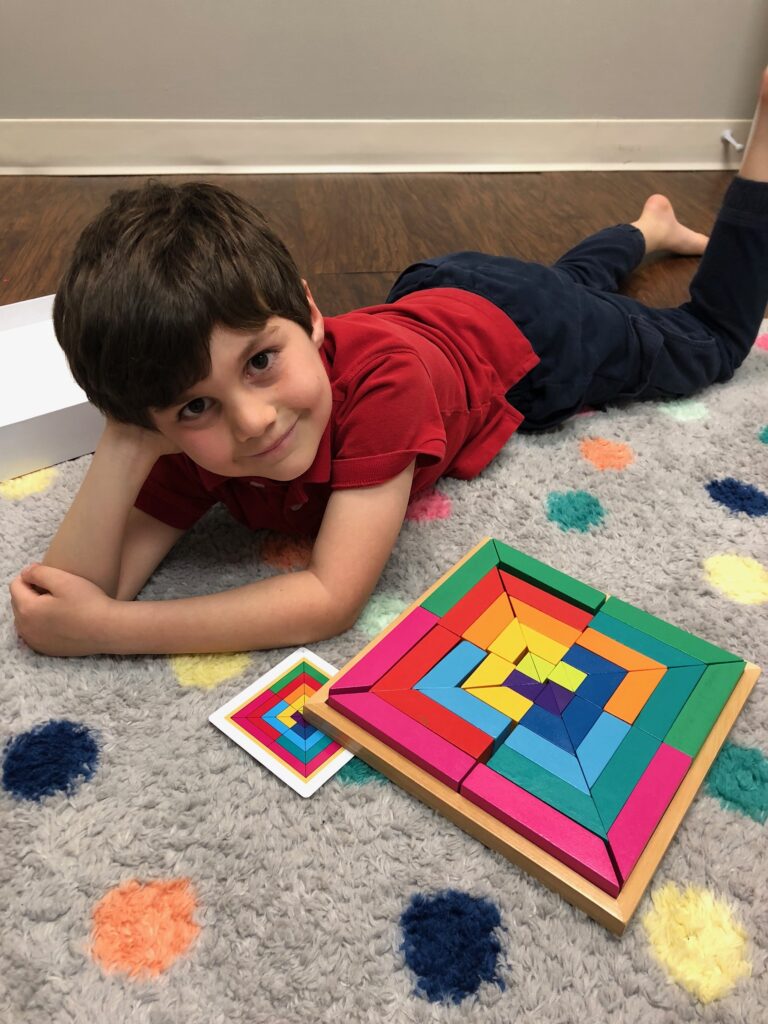What are Visual Motor Skills?
Visual Motor Skills, or Visual Motor Integration Skills, are the skills necessary to visually process information and react with the appropriate motor response. For example, a child may be asked to copy down their spelling words from the board; the child would need visual motor integration to see the letters, and copy them on their paper with the appropriate spacing, formation and sizing. Visual motor skills are used to perform tasks like placing objects in a container, catching a ball, imitating movements or postures, and even tasks like completing a math problem with the numbers aligned. Our visual and motor systems must work together to enable us to perform these tasks.
What do you do if you suspect your child has Visual Motor deficits?
If you suspect that your child may have difficulties with visual motor integration, have one of our occupational therapists at Mount Pleasant Pediatric Therapy complete an evaluation. They will provide treatment strategies and tools to practice and strengthen those skills in order to enable your child to participate in school, play, and daily living tasks.

Why is Visual Motor Integration Important?
Visual Motor Integration impacts nearly every aspect of our lives. The ability to perform academic or work related tasks and the ability to perform activities that require eye-hand coordination are impacted by visual motor integration. Our visual perceptual skills must engage to perceive information correctly in order to send the appropriate message for our motor systems to respond effectively. Deficits in doing so can contribute to difficulties in sports or with bilateral coordination, eye-hand coordination, eye-foot coordination, body awareness, and the ability to complete daily living tasks (i.e. putting on clothes, or scooping food on a spoon). School and work related tasks that are impacted by visual motor integration are copying information or patterns, reading, mathematics (i.e. lining up problems or imitating geometrical shapes), handwriting and completing tasks like cutting, gluing and drawing. Later on, visual motor skills important to safely navigating our world come into play. For example, visual motor integration is integral in driving, due to one’s ability to perceive and respond appropriately to incoming visual input.
